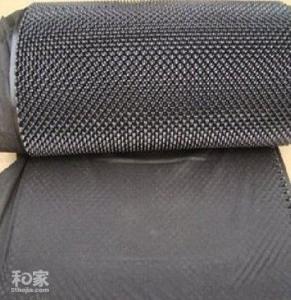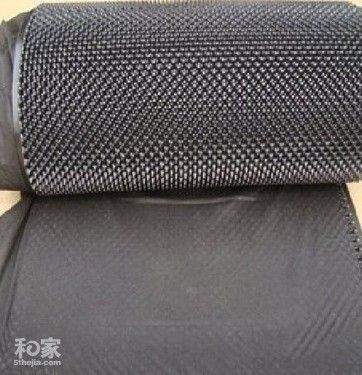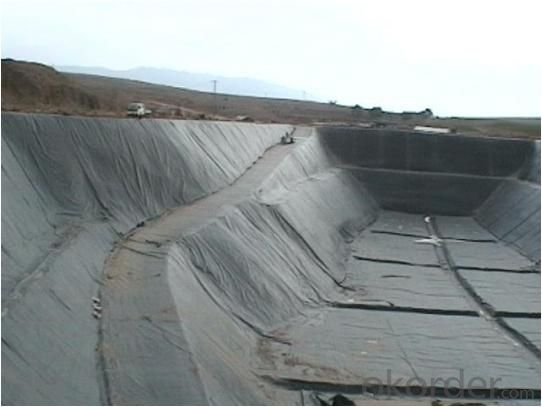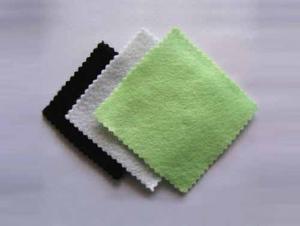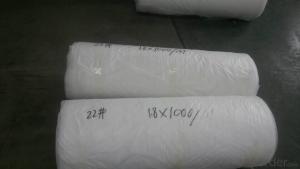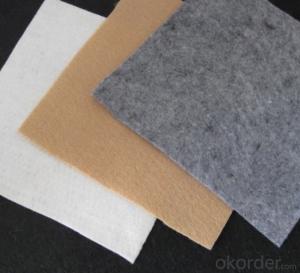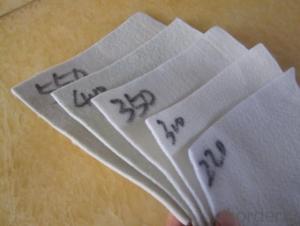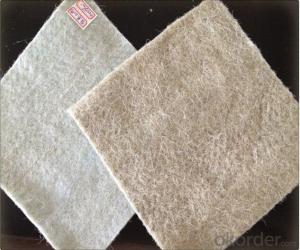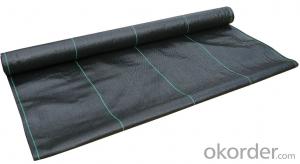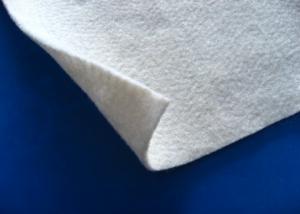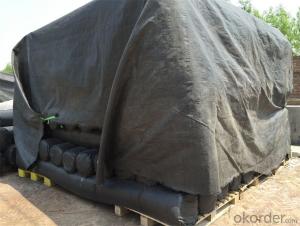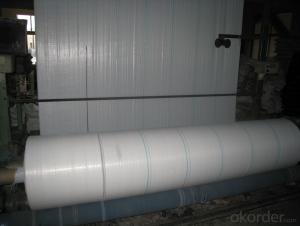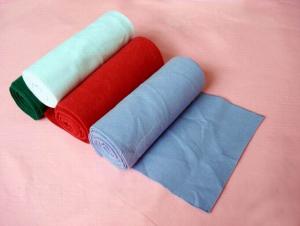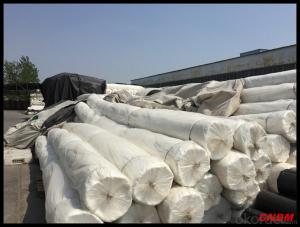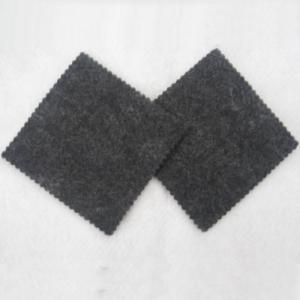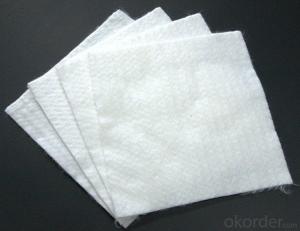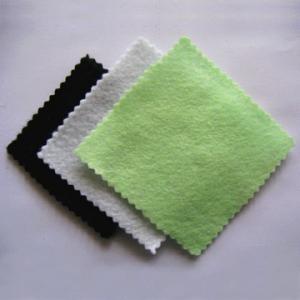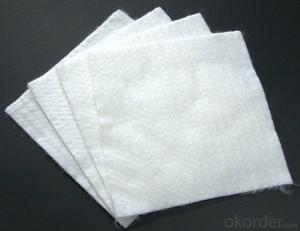Ts20 PP Polypropylene Woven Geotextile
- Loading Port:
- Tianjin
- Payment Terms:
- TT or LC
- Min Order Qty:
- 5000 g/m²
- Supply Capability:
- 10000 g/m²/month
OKorder Service Pledge
OKorder Financial Service
You Might Also Like
Packaging & Delivery
| Packaging Detail: | As per buyer specifications. |
| Delivery Detail: | 15-20 days from the order confirmation. |
Specifications
We are the leading exporters for Coir Geo Textiles.It is 100 % Natural fiber, extracted from coconut husk.
COIR GEOTEXTILES
Coir is a 100% organic fiber, from a renewable source…the coconut husk. Naturally resistant to rot, moulds and moisture, it needs no chemical treatment. Hard and strong, it can be spun and woven into matting. They also have the right strength and durability to protect the slopes from erosion, while allowing vegetation to flourish. They can dissipate the energy of flowing water and absorb the excess solar radiation.
ATTRIBUTES OF GEOTEXTILES:
High Moisture Absorbing Capacity
High Initial Strength
Low Extension at Break
High Roughness co- efficient
High Spinnabillity
Bio – Degradable
Soil Hourisher
Economical
Eco Friendly
APPLICATIONS:
Used to control soil erosion at work -sites, Road construction areas, River banks etc as a protective measure/mesh
Used in controlling even the steepest of slopes from erosion.
Used in new vegetation by absorbing water and preventing top soil from drying out.
SPECIFICATIONS:
Roll Size | Gsm | Weight Per Roll | Lodability of 20Ft ( In sq.mt ) | Lodability of 40Ft ( In sq.mt ) |
1m x 50m= 50 m2/roll | 400 | 20 Kgs | 10800 | 24000 |
700 | 35 Kgs | 6300 | 14000 | |
900 | 45 Kgs | 5800 | 13000 | |
1.2 m x 50m=60m2/roll | 400 | 24 Kgs | 10800 | 24000 |
700 | 42 Kgs | 6300 | 14000 | |
900 | 54 Kgs | 5800 | 13000 | |
2 m x 50 m= 100 m2/roll | 400 | 40 Kgs | 10800 | 24000 |
700 | 70 Kgs | 6300 | 14000 | |
900 | 90 Kgs | 5800 | 13000 | |
3m x 50m=150 m2/roll | 400 | 60 Kgs | 10800 | 24000 |
700 | 105 Kgs | 6300 | 14000 | |
900 | 135 Kgs | 5800 | 13000 | |
4m x 50m= 200 m2/roll | 400 | 80 Kgs | 10800 | 24000 |
700 | 140 Kgs | 6300 | 14000 | |
900 | 180 Kgs | 5800 | 13000 |
PACKING :
All rolls packed in HDPE Bags
CERTIFICATION:
Fumigation & Phytosanitary will be done during loading of the container.
Any other quality certificates can be done at the cost of the buyer.
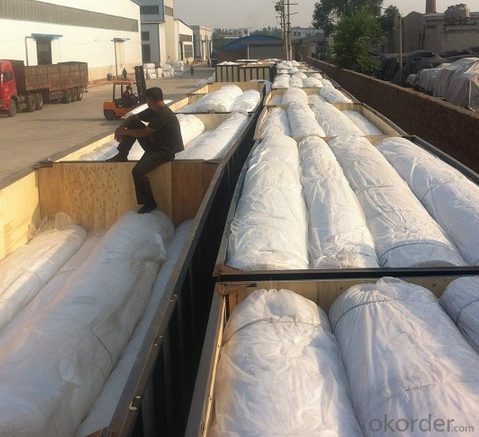
FAQ:
♦ Payment terms: by T/T or L/C |
♦ MOQ:2000 SQM |
♦ If you are interested in our products ,pls advice me the technical index,product weight etc,the more information the better..... |
What is a Geotextile Fabric?
Geotextiles are simple and permeable sheets of fabric which come in rolls and can be rolled out on the ground when a barrier is needed. These sheets are made of a special fabric that has special characteristics for your landscaping or construction needs. For example, one feature is that they help separate sections of your soil by acting as a barrier between the deeper areas and the surface (where your plants or other project arrangements are located). They can block out unwanted weeds and growth from coming to the surface and still allow drainage of excess water that you don't want in the area. The main benefits of such a fabric are that: i) your plants and landscaping won't suffer from unfair competition posed by weeds and roots, and ii) the area won't become inundated with water. It's like an additional helpful hand for your garden or construction site. Geotextile fabrics can act in this way because they are typically composed of polypropylene or polyester materials.
- Q: Where is the geotextile
- Essence is also the beauty of the latest brand of science and technology crystallization of the product
- Q: How do geotextiles affect water quality?
- Geotextiles can positively impact water quality by acting as a filtration barrier, preventing sediment and pollutants from entering water bodies. They help in reducing erosion, promoting better stormwater management, and improving overall water clarity.
- Q: Geotextile how to construction?
- There are specialized construction teams
- Q: Construction Method of Sand and Gravel Cushion on Slope Soil Geotextile
- Online to find some relevant construction methods, Google library on a lot. After downloading, modify, targeted to add that is the slope of geotextile sand and gravel cushion construction method.
- Q: How do geotextiles prevent soil erosion on slopes?
- Geotextiles prevent soil erosion on slopes by providing a protective barrier that stabilizes the soil and prevents it from being washed away by water runoff. They help to distribute the weight of rainfall evenly across the slope, reducing the erosive force and promoting water infiltration into the soil. Additionally, geotextiles retain sediment particles, preventing their movement and maintaining the integrity of the slope.
- Q: How do geotextiles help in preventing the loss of aggregate in unpaved roads?
- Geotextiles are used in unpaved roads to prevent the loss of aggregate by providing stabilization and reinforcement. When placed between the soil and aggregate layers, geotextiles act as a barrier that allows water to pass through while retaining the aggregate, effectively preventing erosion and maintaining the road's integrity.
- Q: What is the number of tensile units for geotextiles
- Geotextile stretch unit number: width of 1 m geotextile in a certain force under the rupture of the strong value. KN / m
- Q: How do geotextiles help with soil separation in railway ballast systems?
- Geotextiles help with soil separation in railway ballast systems by acting as a barrier between the ballast and the underlying soil. They prevent the mixing of fine particles from the soil with the ballast, which can lead to the degradation of ballast and decrease its load-bearing capacity. Geotextiles also provide filtration, allowing water to drain freely while retaining the ballast material, thereby maintaining stability and preventing the loss of ballast particles.
- Q: How do geotextiles help in reducing the impact of heavy rainfall on soil?
- Geotextiles help in reducing the impact of heavy rainfall on soil by acting as a barrier that prevents soil erosion. They are placed on the soil surface or within the soil profile to stabilize it and improve its drainage capacity. Geotextiles allow water to pass through while retaining soil particles, preventing them from being washed away by the force of rainfall. This helps in maintaining soil structure, reducing erosion, and minimizing the loss of valuable topsoil.
- Q: Are geotextiles resistant to fungal growth?
- Yes, geotextiles are generally resistant to fungal growth due to their synthetic nature and non-biodegradable properties. This resistance helps maintain their structural integrity and effectiveness in various applications.
Send your message to us
Ts20 PP Polypropylene Woven Geotextile
- Loading Port:
- Tianjin
- Payment Terms:
- TT or LC
- Min Order Qty:
- 5000 g/m²
- Supply Capability:
- 10000 g/m²/month
OKorder Service Pledge
OKorder Financial Service
Similar products
Hot products
Hot Searches
Related keywords
